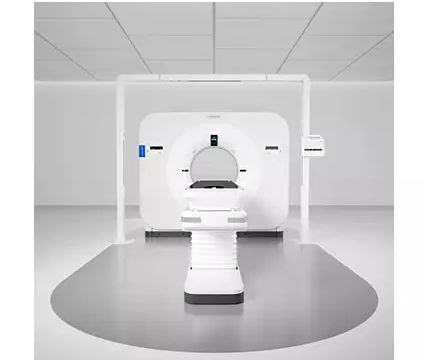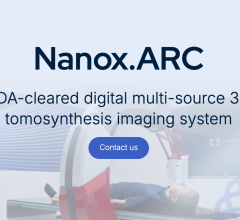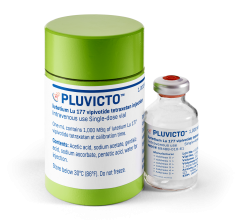
Royal Philips recently received 510(k) clearance from the US Food and Drug Administration (FDA) for its detector-based spectral computed tomography (CT) radiotherapy solution. Philips Spectral CT 7500 RT integrates the unique tumor visualization and tissue characterization capabilities of spectral CT into cancer treatment and planning. Radiation oncologists can now precisely target radiation therapy to the specific physiological characteristics of a patient's tumor, minimizing damage to healthy surrounding tissue and reducing potential unwanted side effects.
Spectral CT 7500 RT combines true conventional and spectral CT capabilities in a single scan, seamlessly integrating into existing clinical workflows. As the first radiation therapy CT scanner to offer respiratory-gated spectral imaging, radiation oncologists have all the benefits of 4D conventional CT, and can also now apply the improved visualization and quantification of spectral CT. This benefits radiotherapy departments by reducing the costs of additional scans while enhancing accuracy and enabling more effective treatment plans for a greater number of cancer patients.
“Tumor delineation, beam attenuation, and respiratory motion are critical factors in radiotherapy planning. The spectral information provided by Spectral CT 7500 RT enhances tissue characterization, enabling wider access to highly personalized and precisely targeted treatment for more patients without adding extra steps to current radiotherapy workflows,” said Dan Xu, Global Business Leader of CT at Philips.
Spectral CT has been shown to reduce proton stopping-power ratio (SPR) error by more than 50% compared to conventional CT, improving the accuracy of radiation treatment and sparing healthy tissue [1]. Philips Spectral CT 7500 RT acquires both true conventional CT and spectral CT information in a single scan. It can automatically create the SPR map and direct electron density (ED) results with less than 1% deviation [1] to enhance both the dose calculation and accuracy of radiotherapy planning.
"The Spectral CT system provides us with several capabilities that conventional CT does not have. It can provide electron density and effective atomic number results, which we can convert to the proton stopping-power ratio. And published data shows that the stopping power ratio obtained in this way has fewer uncertainties compared to regular calibration curves, thereby reducing the uncertainty margins during treatment planning," said Dr. Zhong Su, Physics Director, Department of Radiation Oncology at the University of Arkansas for Medical Sciences (UAMS) Medical Center (Arkansas, USA).
For more information, visit Philips at RSNA 2024.
[1] Longarino FK, Kowalewski A, Tessonnier T, et al. Potential of a Second-Generation Dual-Layer Spectral CT for Dose Calculation in Particle Therapy Treatment Planning. Front Oncol. 2022;12. doi:10.3389/fonc.2022.853495


 April 21, 2025
April 21, 2025 








